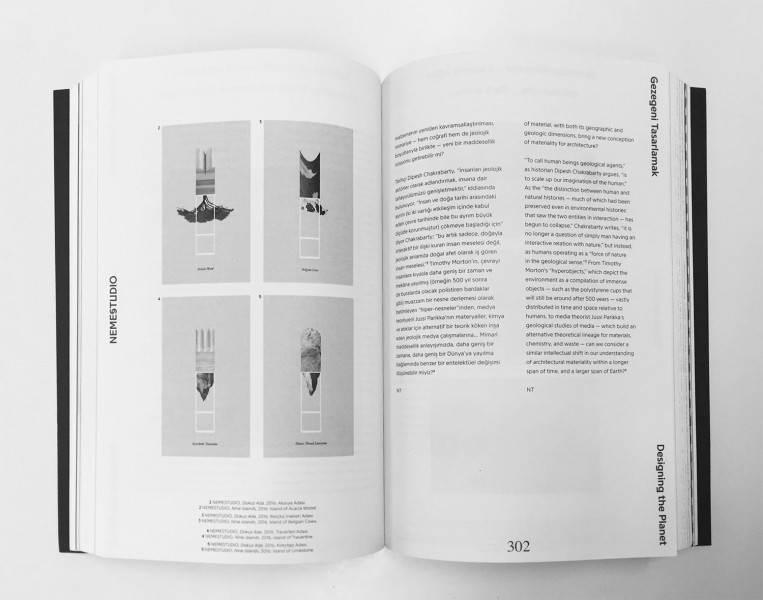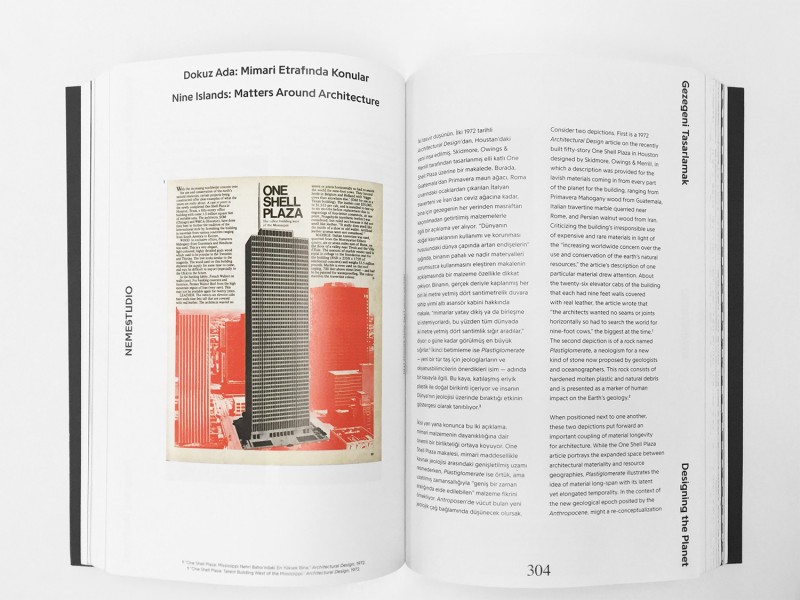In the context of the new geological epoch posited by the Anthropocene, might a re-conceptualization of material, with both its geographic and geologic dimensions, bring a new conception of materiality for architecture? "To call human beings geological agents," as historian Dipesh Chakrabarty argues, "is to scale up our imagination of the human."1… From Timothy Morton's "hyperobjects," which depict the environment as a compilation of immense objects — such as the polystyrene cups that will still be around after 500 years — vastly distributed in time and space relative to humans, to media theorist Jussi Parikka's geological studies of media — which build an alternative theoretical lineage for materials, chemistry, and waste — can we consider a similar intellectual shift in our understanding of architectural materiality within a longer span of time, and a larger span of Earth? 2
1 Dipesh Chakrabarty, "The Climate of History: Four Theses," Critical Enquiry 35 (2009), 206-207.
2 Timothy Morton, Ecological Thought (Cambridge, Mass.: Harvard University Press, 2010), 130–31. Jussi Parikka, The Anthrobscene (Minneapolis: The University of Minnesota Press, 2014).


